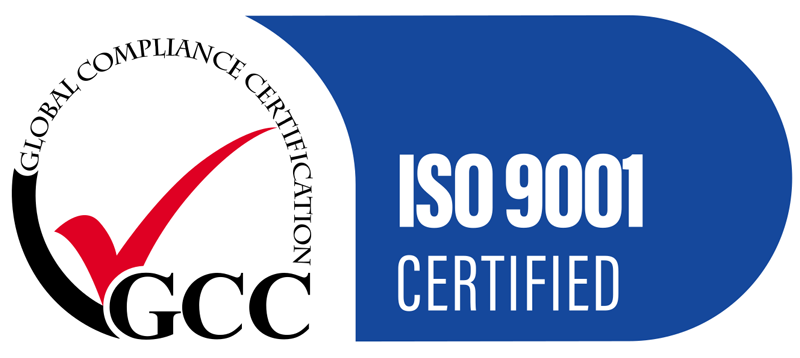It’s been a while since we’ve checked in on the 3D metal printing industry. Back in 2016, we wrote about how scientists turned a laser cutting machine into a cheap 3D printer, but what new technologies has arisen since then? A lot can happen in two years!
As it stands, the role of 3D printing in today’s steel market is still quite small, but it’s growing faster than anticipated. It’s expected to be worth as much as $10 billion by 2035, which is no surprise considering a select number of aerospace and healthcare companies have already adopted the innovative technology.
A number of outrageously inventive 3D metal designs have been produced by the automotive and construction industry.

Bugatti develops 3D printed titanium brake caliper
Bugatti car developers have reached a new position as a pioneer for technical developments after they succeeded in creating a new eight-piston monobloc brake caliper. It’s the largest titanium functional component ever developed by 3D metal printing and across the entire automotive industry. Created in collaboration with Hamburg-based laser zentrum nord, the brake calliper is set to become a new addition to Bugatti models after extensive vehicle trials.
“Vehicle development is a never-ending process. This is particularly true at Bugatti,” says Frank Götzke, Head of New Technologies in the Technical Development Department of Bugatti Automobiles S.A.S. He added on the achievement, “in our continuing development efforts, we are always considering how new materials and processes can be used to make our current model even better and how future vehicles of our brand could be designed.”

Fully functional 3D printed steel bridge in the works
Robotics start-up, MX3D, is in the midst of printing a steel bridge with the goal for it to cross one of the most renowned canals in Amsterdam, the Oudezijds Achterburgwal. It’s not the only 3D steel bridge they’re attempting either. The team with the dream are also printing a 12-metre-long stainless steel pedestrian smart bridge.
Using a sensor network, the team will collect data for structural measurements, such as strain, displacement and vibration, as well as air quality and temperature to determine how the bridge will hold up over its lifetime. The data collected in real-time and be input into a digital twin model that will provide valuable insights into improving the structural elements of future 3D printed metal designs and offer predictive maintenance checks on the current bridge. You can expect to see the 3D bridge in action by late 2018.
At ShapeCUT we’re always looking towards making our shape and metal cutting services better for our customers through advanced technologies. To learn how we can help your business perform, contact ShapeCUT today.
Image source: Bugatti
Contact Us To Find Out More
We ensure a fast, exact and economical steel solution for our clients. Call our team today to discuss your steel cutting and metal processing requirements.
Get Our Newsletter
Contact details
121 Mica Street, Carole Park,
QLD, 4300, AUSTRALIA
Freecall: 1800 SHAPECUT (1800 742 732)
Telephone: (07) 3271 5600
Facsimile: (07) 3271 5454
Email: sales@shapecut.com.au
Accredited Profile Cutting

Profile Cutting
Metal Processing Services
©2025 ShapeCut | Website design Brisbane by iFactory | Privacy Policy | Search | Sitemap



